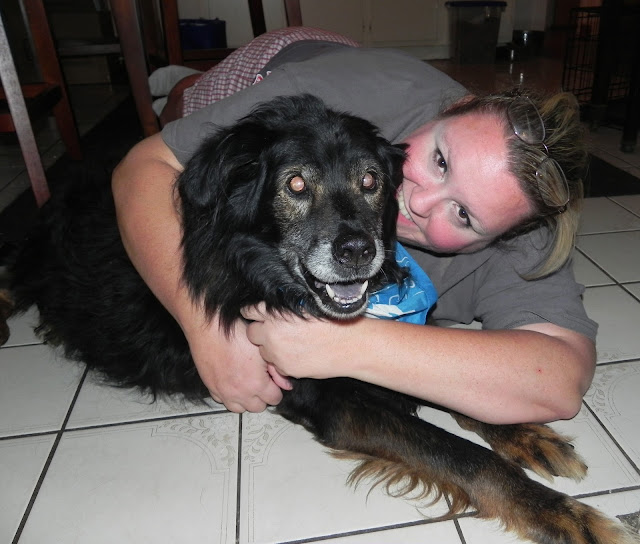 |
| My mixed loyalties: a Mean Green hat and a Cougar shirt. |
AKA the Mean Green Cougar Red Bowl! This was UNT's first visit to Houston since 1980, and a game I had been looking forward to, for obvious reasons, since it featured my two favorite schools.
It was also the best game that the Cougars have put together so far this season, as
they won handily. Running back Charles Sims had the best day of his career, rushing for 210 yards and scoring a touchdown on 21 carries. He also caught five passes for 55 yards and another touchdown. Quarterback David Piland, meanwhile, continued to show improvement, completing 31 of 41 passes for 321 yards and two touchdowns; he also rushed for another. Piland was, to be sure, helped by the fact that receivers are no longer dropping passes the way they were the first couple of weeks of the season, which speaks to the improvements being made by the team overall. Other good news: the Cougar offense gave up no turnovers, kicker Matt Hogan connected on all three field goal attempts, UNT kick returner Brelan Chancellor was held in check, and the team as a whole was only flagged four times for 30 yards.
 |
| David Piland directs the UH offense in the first half. He had a good outing, but RB Charles Sims was the player of the game. |
This isn't to say that everything went well; the Cougar defense showed a disturbing inability to tackle or pressure Eagle quarterback Derek Thompson as they yielded 483 yards of total offense to North Texas. The defense was particularly embarrassed late in the first half when Mean Green running back Jeremy Brown broke six (!) tackles on his way to a 48-yard touchdown run, and North Texas rammed the ball down the Cougars' throats for another easy score early in the third quarter. North Texas didn't see the endzone again after that; I'm not entirely sure if that's because the Cougar defense made adjustments or UNT's offense just packed it in (they didn't seem to play with much of a sense of urgency in the second half, and they also threw two interceptions). Hopefully it's the former, but the defense still remains very much a work in progress. Proper tackling is a fundamental aspect of defensive play and I just don't understand why this defense is having such a problem with it.
 |
| The Green Brigade performs at halftime. They were larger, louder and had a more interesting show than the the UH band. |
North Texas can take pride in the fact that they won halftime; the Green Brigade is a much better band than the Spirit of Houston. I know the bands are entertaining, not competing, I know that UNT is known for its music curriculum, and I know that caring about halftime at all is lame, but still...
 |
| The Spirit of Houston has new uniforms this season and a lot of people I know don't like them. I haven't formed an opinion. |
The really disappointing aspect of the game was the attendance. The crowd was announced at 25,746 but considerably fewer than that number were actually in the stands, and the number would have been even worse had it not been for the two or three thousand fans (and band) that North Texas brought. Student turnout was particularly disappointing. It just goes to show that Houston's fanbase is among the most fickle and fair-weather in the nation: if you're not winning, they're not coming. A lot of people sat through the first two losses at Robertson and decided that it just wasn't worth their while to return. The pregame tailgating scene was as desolate as I had ever seen it.
 |
| The stadium was only about two-thirds full for this game. A lot of people have given up on the Coogs after their 0-3 start. |
That being said, the Cougars are now on a two-game winning streak and can even their record if they get past Alabama-Birmingham next Saturday. This is a home game against a team whose only win is against an FCS school, so the Coogs should be expected to do so, especially since the team is inarguably improving from week to week. The Eagles, meanwhile, fall to 2-4 and continue to struggle.
 |
| UNT quarterback Derek Thompson rolls out. He ended the day with 252 yards, two interceptions and no touchdowns. |
In spite of the fact that the Cougars have won the last four meetings against the Mean Green, UNT still leads the all-time series between the two schools, 6 games to 7. This is the end of a one-off home-and-home series with North Texas, but I hope the two schools schedule each other again in the future.















